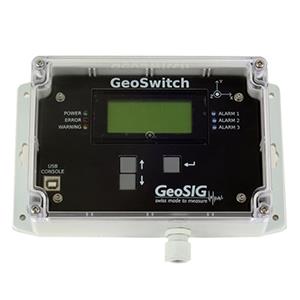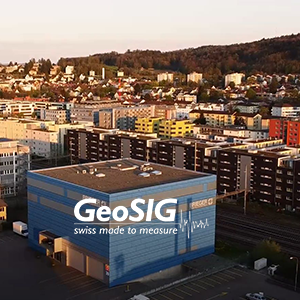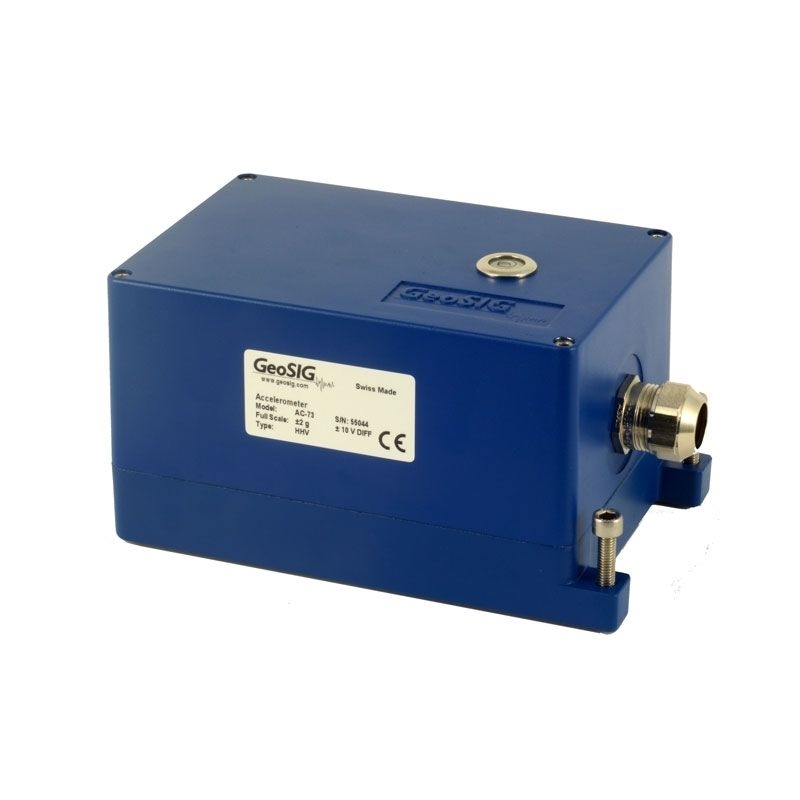
Download 11 Airports Project, South Korea Case Study
Background
Airports are an essential element in a nation’s transportation system. In 2016, the top 10 airports in South Korea transported over 135 million passengers. The world over, all airports strive to provide a fully integrated, safe, and seamless transportation link for the people they serve through an efficient airport system that will help build upon economic development success and improve quality of life.
Challenge
Part of providing a safe transportation link is to anticipate potential dangers and actively work to monitor and prevent them (or if they are unavoidable, to have a plan of action after they happen).
After a powerful earthquake rocked South Korea in September 2016, it was reported in The Telegraph (13.9.2016) that “experts warned that recent earthquakes in nearby Japan had destabilised fault lines in Korea, adding fuel to fears the peninsula was no longer a ‘safe zone.’”
Korean airports have long understood that earthquakes are a potential danger, so many have taken steps to implement seismic monitoring systems and construct integrated networks to help them carry-out contingency plans.
Solution
Our local partner, EJtech Co. Ltd (www.ejtech.net), has offered top-level engineering services since its founding in 1994. EJtech specialises in soft-ground monitoring, structural behaviour monitoring, civil engineering, ground investigation, geotomography, measurement automation and network systems, among others — utilising the most advanced IT and robust technology. EJtech was asked to provide seismic monitoring systems and integrated networks for 11 Korean airports.
In general, monitoring of airports is advised as airport buildings are highly sensitive structures due to the fact that they sustain continuous vibration from their environment, as well as the fact that if there were an earthquake the health of the structure could be assessed rapidly to decide whether the structure is safe to continue its operation or whether the nature of the damage can be assessed to decide on remedial work. Also, the data received from the sensor can be used for proactive maintenance plans for the monitored building.
Each airport has its unique configuration based on the size of the building and the control tower. EJtech has provided the required systems to enable a comprehensive monitoring of each airport building, the control tower and a free field location at each airport.
To effectively and efficiently monitor each airport building and the control tower a combination of AC-71, AC-72 and AC-73 accelerometers are installed, which connect to a host of 3-channel and 6-channel GMSplus digitiser/recorders using fibre optic connectivity due to long distances in a typical airport. This creates a fully integrated local seismic and vibration monitoring system for each airport. The data from all the sensors are received in a data centre, which could be on site or at a remote location for near real-time analysis to monitor the health of the structures on an on-going basis. As these 11 airports are owned by the same company, they are integrated on their internal network so that there is a dedicated data centre used for the monitoring of all the 11 airports within their secure IT setup.
Another Solution using GeoSIG instruments and a capable Partner effectively showing that quality and reliability can also be cost-effective.

































